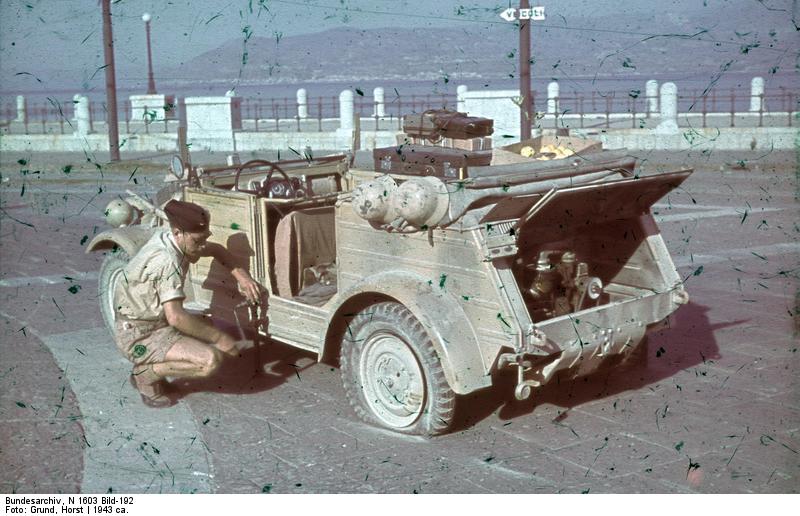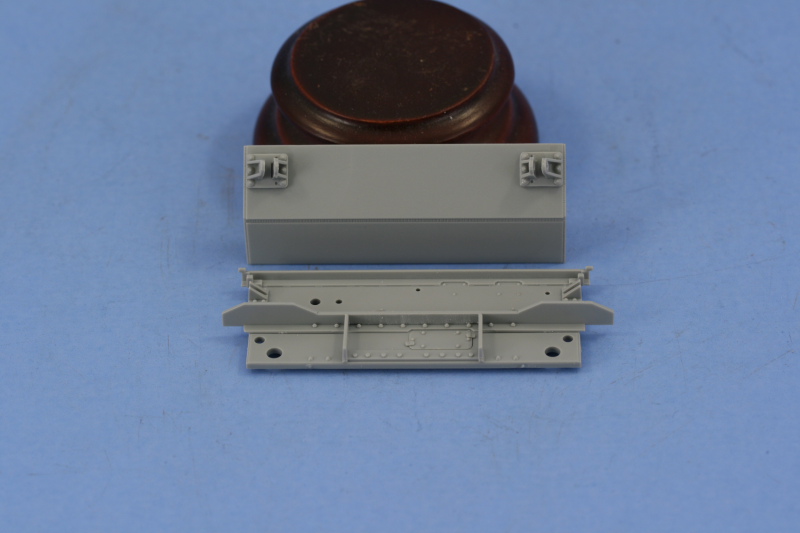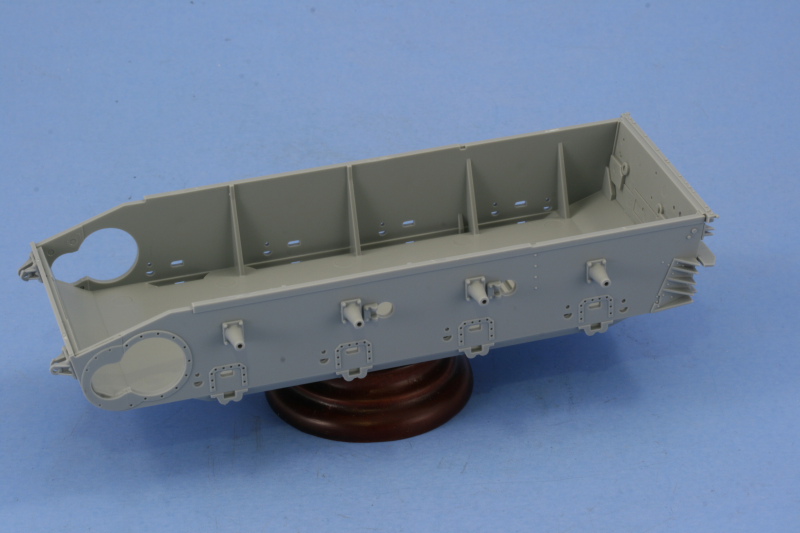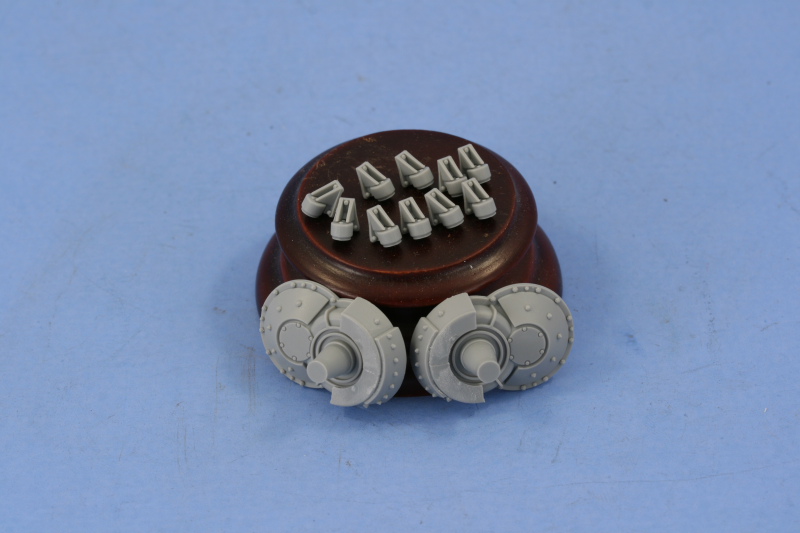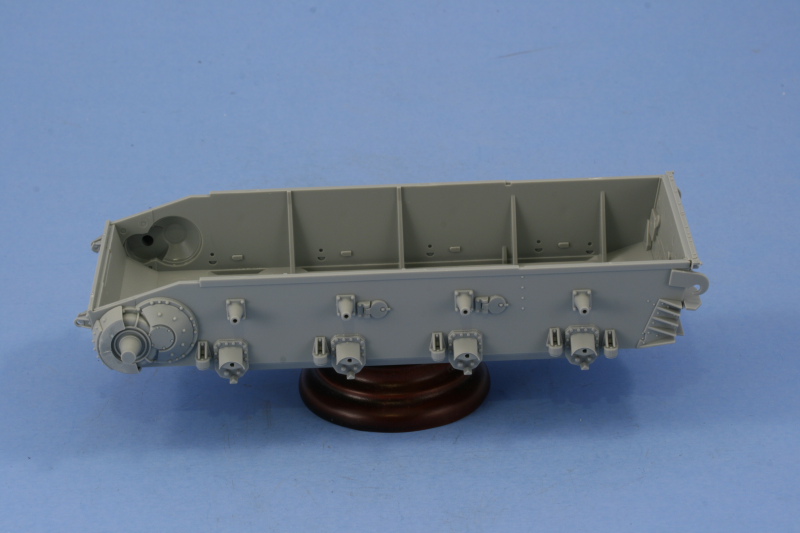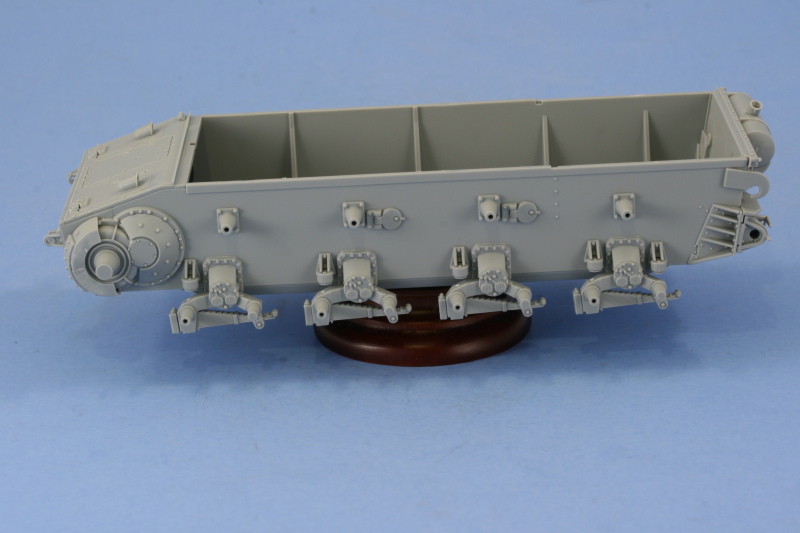This particular project is one that’s been sitting in the back of my mind for a while now and I recently got the “spark” to bring it to the front burner (how’s that for mixing cliches!) after browsing through some recent reference material and reading about the “Tropen” schemes used in N. Afrika. This got me to thinking…the orders are well established and clear (see here for the full description: http://www.afrikakorps.org/ralcolors.htm) regarding the schemes to be used in N. Afrika but I’d always just gone with the flow of one-color ‘desert yellow’ schemes. The Pz IV F2 presented just the right opportunity for me…I’ve had the Bison “Pz IV in Afrika” set on hand for a while but never got around to using it and it includes markings for an F2 in service with the 8th Regiment, 15th Panzer Division in 1942. There were 2 “Tropen” schemes ordered, one (RAL 8000/RAL 7008) that ran from March '41 until March '42 and one (RAL 8020/RAL 7027) that ran from March '42 until May '43 when the N. Afrika campaign concluded (this of course overlaps with the introduction of Dunkelgelb in Feb. 1943 but that’s another story!). The F2 timing is perfect once again since they started production in March '42, so the Testors has the correct RAL 8020 (Afrika Braun) and RAL 7028 (Afrika Dunkelgrau) available even if the Testors names aren’t right, they include the RAL # in the product description and the shades are a close match to online color chips, so I’m set! That will be the scheme I will be using, the RAL 8020 as a base coat and the RAL 7027 in a 1/3 pattern over that when it comes time to painting.
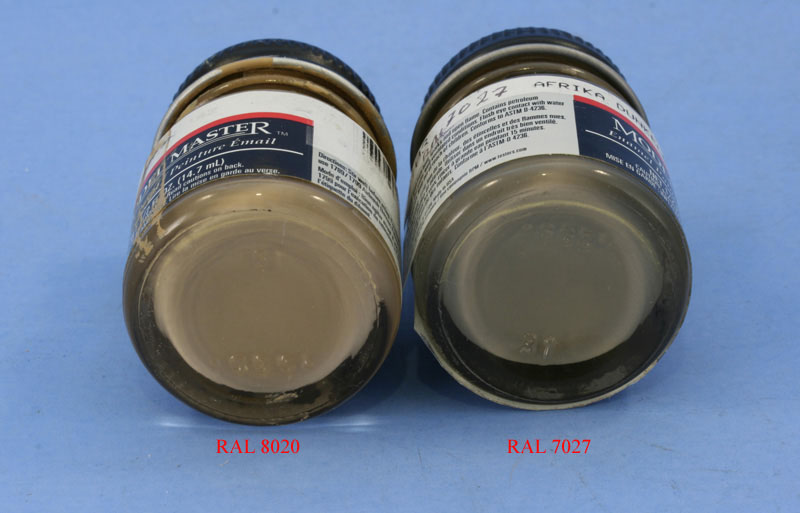
In addition, I will be making some modifications to the kit as I go along based on the inspiration of these two photos of F2s in Afrika found using Google Image search along with the configurations provided in the Bison markings sheet.
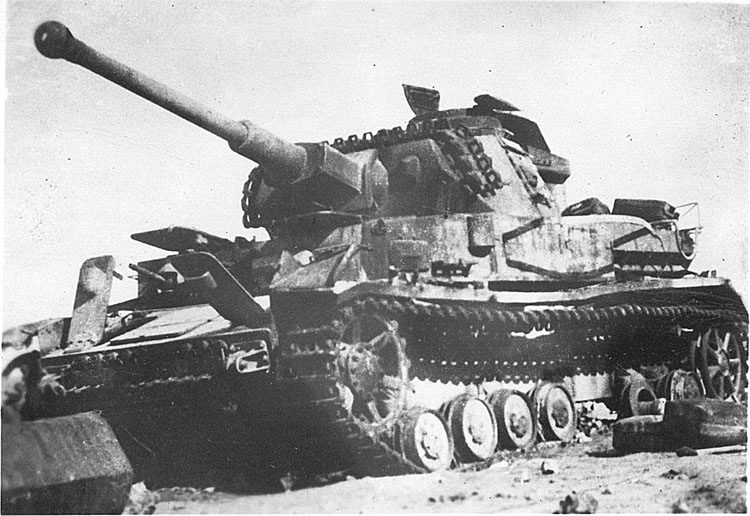

And, just to make things interesting…my wife asked me the other day how much time it takes me to do a build project…and I could only guess, so this one will be more “precisely” documented as part of the build log process to include total time per update/session as well as “time to date” in the posts. To be honest, I’m a little curious myself! I won’t include time spent “waiting” for things like paint to dry or cure, etc. only actual time building or actively working on this project.
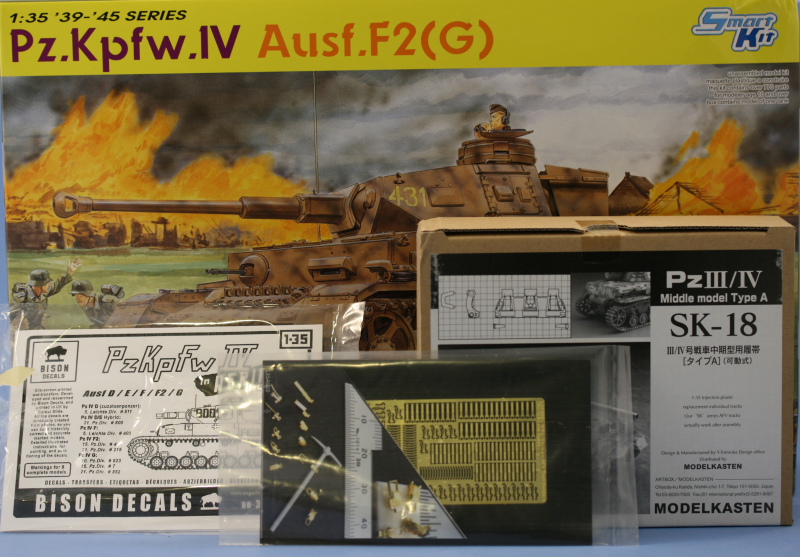
So, with that lengthy introduction…here’s the first installment. I began with Step 1 which deals with the road wheels, sprockets and idlers. The sprockets were assembled with their 4 parts x 2 (two halves, hub, and back insert) as were the idlers (2 x 2 parts). The return rollers (8 x 2) first had their mold seams sanded down and then were assembled, and the road wheel halves (32) also had their seams sanded down and their hubs (16) added but left separate to facilitate painting later on. That makes for a total of 76 parts for this first step…and it’s as far as I got today.
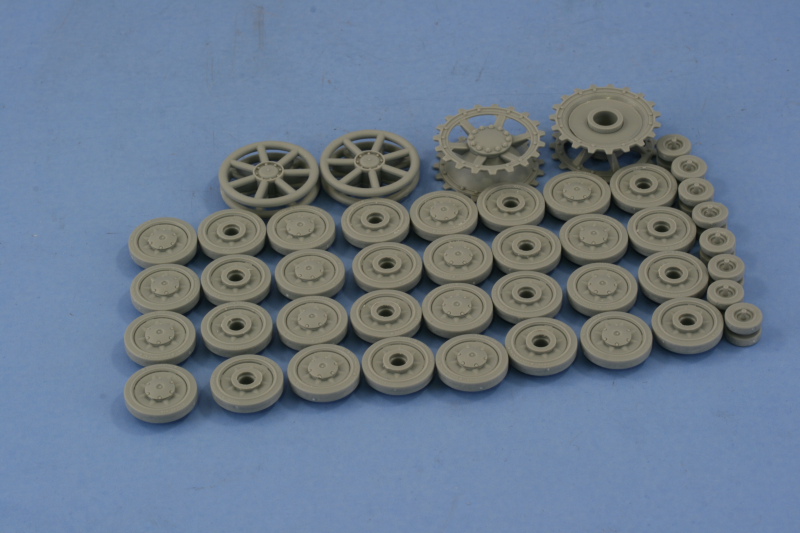
Total time: 3.25 hours
Total time to date: 3.25 hours
